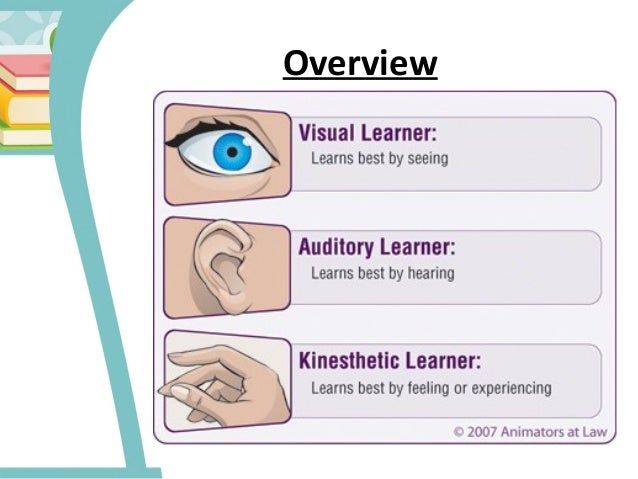

With time, you will begin to easily make connections between sentences since, after all, practice makes perfect. When you interact with various materials through the auditory sense, you improve your listening skills. Thus, because they are paying more attention to the course, they are more prone to using and developing their critical thinking skills. Once you approach students with the material in their preferred learning style, they are more likely to engage with it. Enhanced critical thinkingĪccording to a study on the challenge teachers face having to help students engage with the studying material, results showed that the best way is to address their various learning styles. So, if you are an auditory learner, or just like to use this style occasionally, let’s have a closer look at some of its advantages. Express emotion by the tone and volume of voiceĮvery learning style comes with its perks from which all people, who use that style, regardless of whether it is their first choice or not, can benefit.

Have difficulty with written directions.Are good at understanding and processing changes in tone.Are distracted by background noises or silence.Have a good memory for spoken information.They learn best when listening to the information.A list of characteristics auditory learners usually possess is presented below. Whether you want to learn more about your own learning style or you are a teacher trying to determine the types of learners in your classroom, comprehending auditory learner characteristics is essential in finding ways to make learning more effective. Understanding auditory learner characteristics can help identify whether a person is an auditory learner or not. They have no problem understanding spoken directions by their teachers, but when asked to read something, they will instead prefer to read aloud to have someone read it to them.Īuditory learners usually excel in traditional school environments where they use listening as their primary way of learning. For example, children who are auditory learners love music and tend to learn the words of songs more quickly than other types of learners. They store information by how it sounds and often learn new things by reading them aloud or pairing them to non-verbal sounds like music or clapping. Many auditory learners find learning challenging when the data is delivered to them in a written text but have no problem understanding it in an audial form. While other learners retain information in different ways, either by touch, vision, or reading, an auditory learner will focus on listening or speaking to process the information. An auditory learner prefers to listen to the information rather than read it in a text. What Is Auditory Learning?Īuditory learning refers to a learning style in which people learn most effectively by listening. Better comprehension skills and brainstormingĪre you the type of person who seems to always forget people’s faces but remembers the names you hear even years after not hearing them again? If so, this means that you might be an auditory learner, and sound means much more to you than to most people.īut what exactly does that mean? Read on and find out more about auditory learner definition, some of its many qualities, benefits, and strategies you can use to further improve this learning style.


 0 kommentar(er)
0 kommentar(er)
